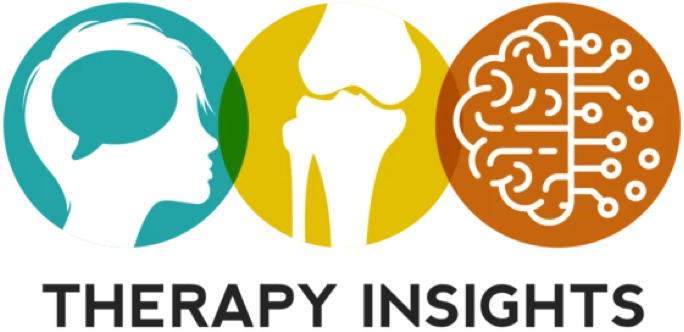Phonotrauma and Vocal Hygiene
December 25, 2021 by Megan Berg.
This handout is for people experiencing phonotrauma and seeking functional strategies to manage symptoms. The handout includes causes and complications of phonotrauma as well as 6 strategies to improve vocal hygiene.
